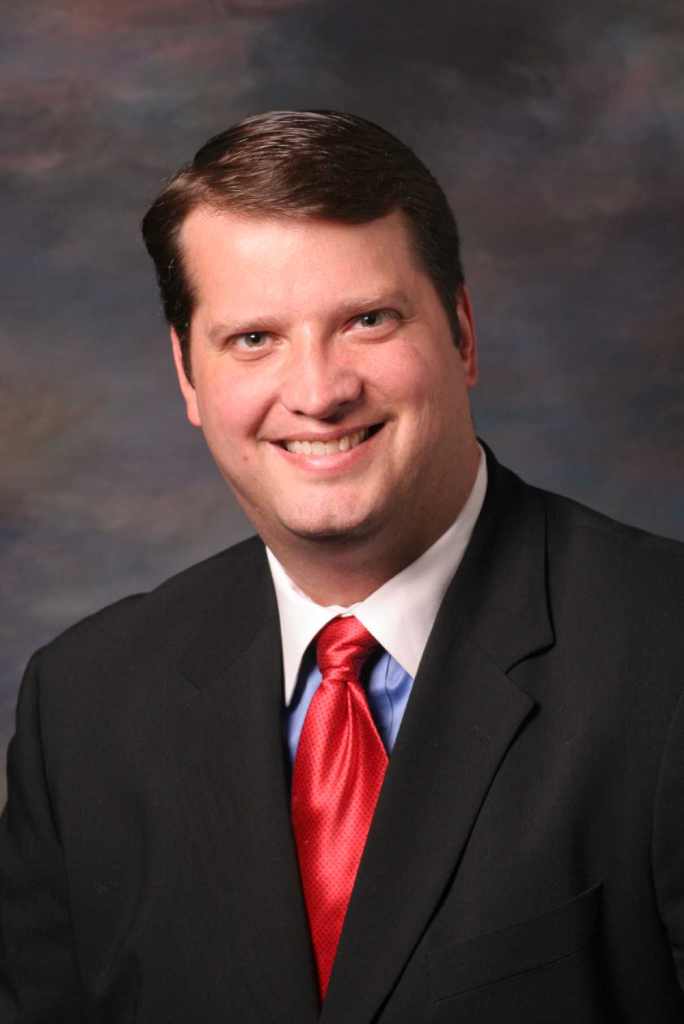
As a content creator or e-commerce website owner, you want the keywords on your page to be relevant to what people seek so they have a better chance of locating your content among their search engine results. So, what are keywords? Keywords are topics or ideas that define what your content is about. Regarding SEO, they are the phrases or words individuals enter into search engines to discover compelling content, known as search queries. Therefore, if you combine all the images, copy, and video into simple words and phrases, those are your primary keywords.
The Significance of Keywords
Keywords are significant because they are the linchpin between what people search for and the content you provide to fill that need. Your goal is to rank high in search engines, to increase organic traffic to your site from that search results page. The keywords you select to target will therefore determine what type of traffic you receive.
Moreover, keywords are as much about your audience as they are about your content because you may describe what you provide differently than how your audience actually searches for it. To create content that ranks excellently organically and attracts visitors to your e-commerce website, you must understand the language and content type customers seek.
Key Areas to Place Your Primary Keywords
There are several basic keyword usage rules you should follow to start. Unique keywords should be placed on each page of your website in the areas that bots and humans typically look to reassure them that you have what they are after. So, where should you use keywords for SEO optimization?
- A URL is your page’s web address and will appear in the search results. URLs must be easy to read and include your target keywords.
- Title tags come up in the browser tab and search results. They must be written for humans and optimized for robots, which can be challenging to balance.
- Meta descriptions are known to impact user behavior and, in some cases, may be rewritten by Google. Also, don’t forget to include your target keywords.
- H1 tags show up on your page content and can assist in formatting your content so it demonstrates topic relevance to robots.
- It’s not ideal to throw keywords on your page; however, the body of your compelling content should naturally include the keywords you are targeting.
- Website owners often overlook image alt text, but they provide value to visitors unable to view the pictures.
Keyword Research Best Practices
Including keywords in your content is the most basic method to target your searchers. Although it won’t immediately shoot you to the top of the results, it is essential SEO. So, follow these keyword research best practices:
- Complete keyword research to understand your audience and collect industry-relevant keywords.
- Complement your keywords with user intent.
- Utilize your primary keywords in title pages, H1 tags, on-page content, meta description, alt attributes, and the page URL. Remember not to stuff keywords in where they don’t make sense!
- Also, perform keyword research regularly to stay on top of the trends.
Ideally, each website page should target a unique primary keyword. This article’s techniques will help you concentrate on your goals and optimize your SEO strategy. The good news is that collaborating with an accomplished e-commerce web design company can help you make a meaningful impact in the business world.
Craig Kahl is the President and CEO of Adventure Web Interactive. AWI has been recognized as Baltimore’s Top Web Design Firm by The Daily Record and named one of Silicon Review Magazine’s Top 50 Most Admired Companies in the country. Before founding Adventure Web Interactive in 1997, he was VP of Operations for Campus Concepts, Inc., and the youngest division head in history for Pitney Bowes at age 24. He has a Bachelor of Science in Management Information Systems from the University of Maryland and a Master of Business Administration in Finance from Loyola University. Craig is a member of the International CEO Club and Rolling Road Golf Club and loves spending time outdoors with his wife and son.






